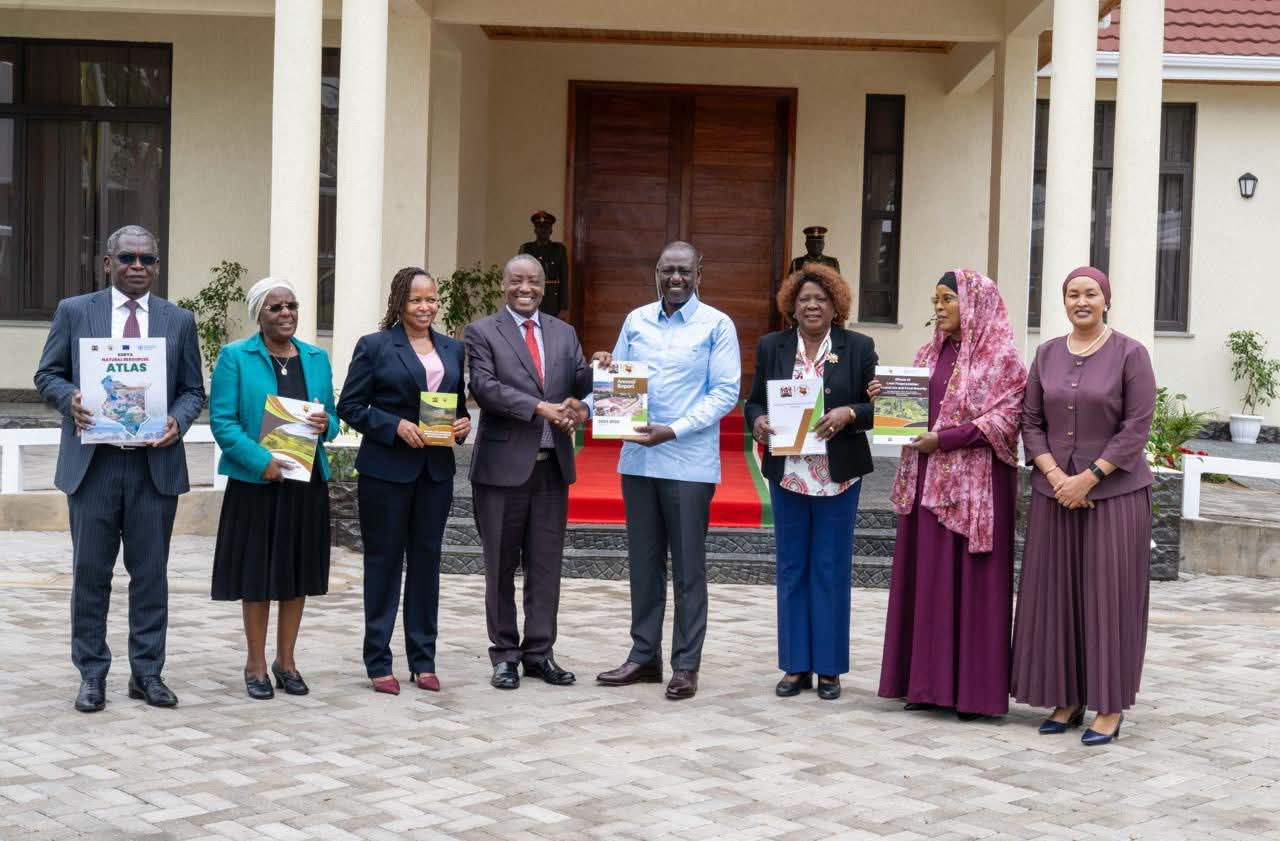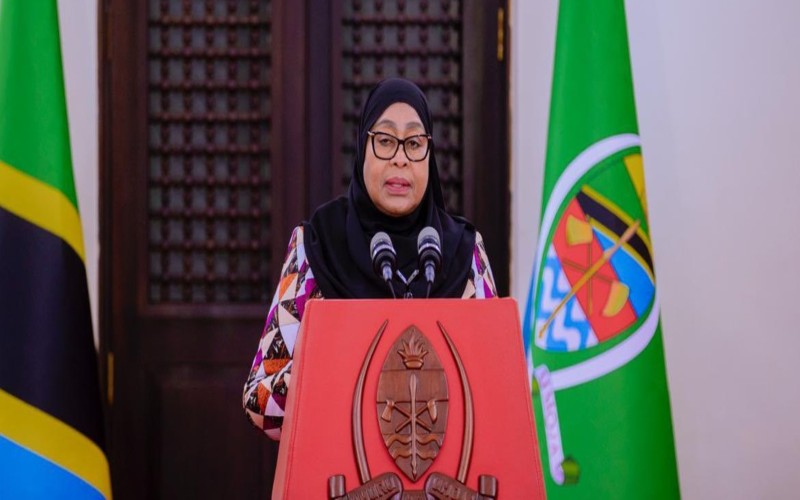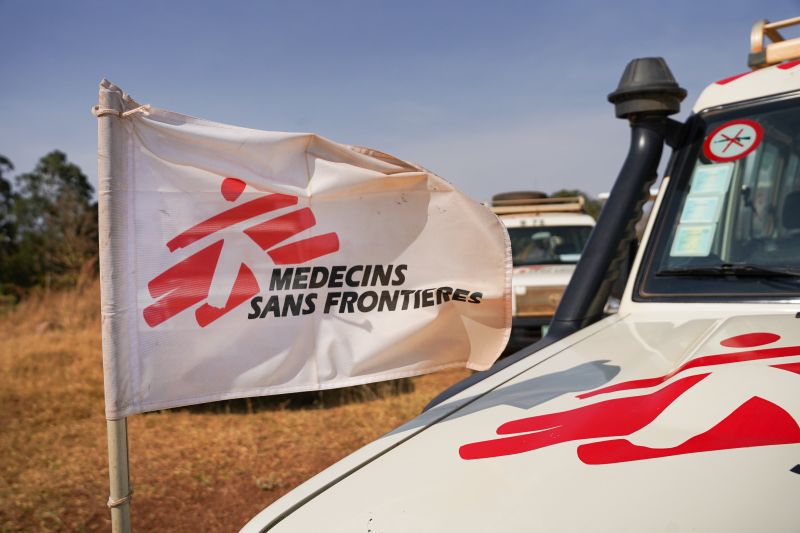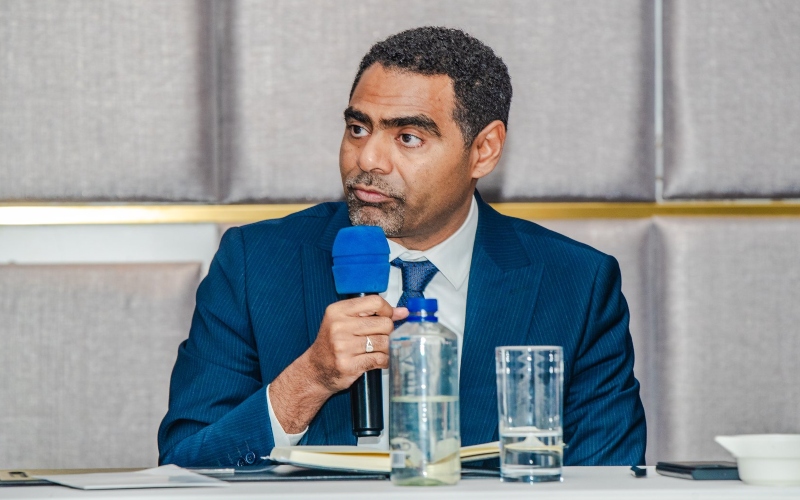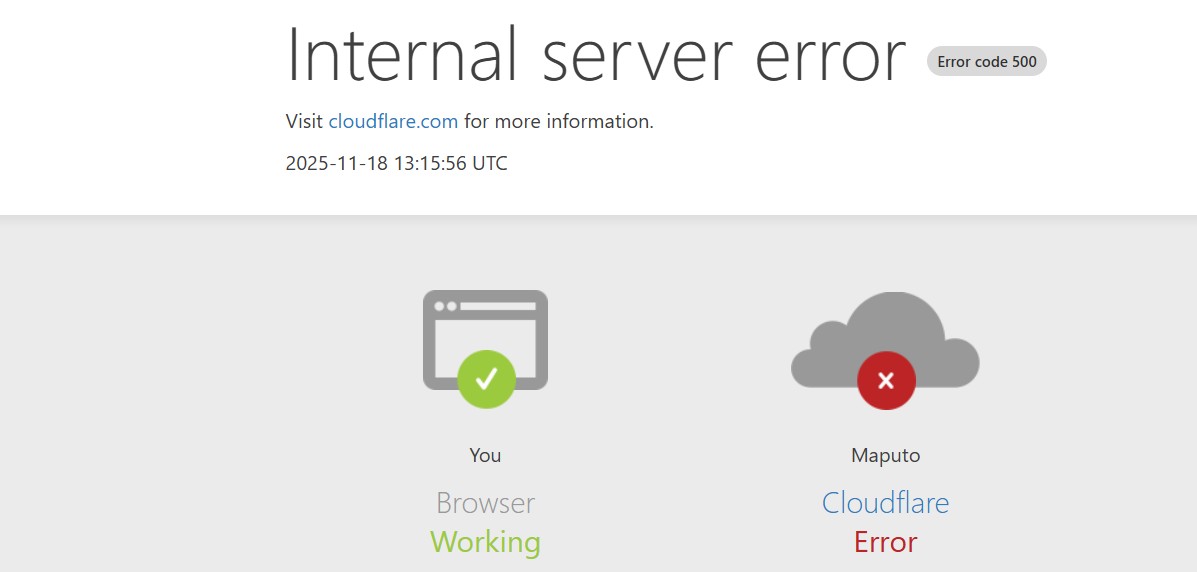Ruto orders all hospitals to report every maternal and child death
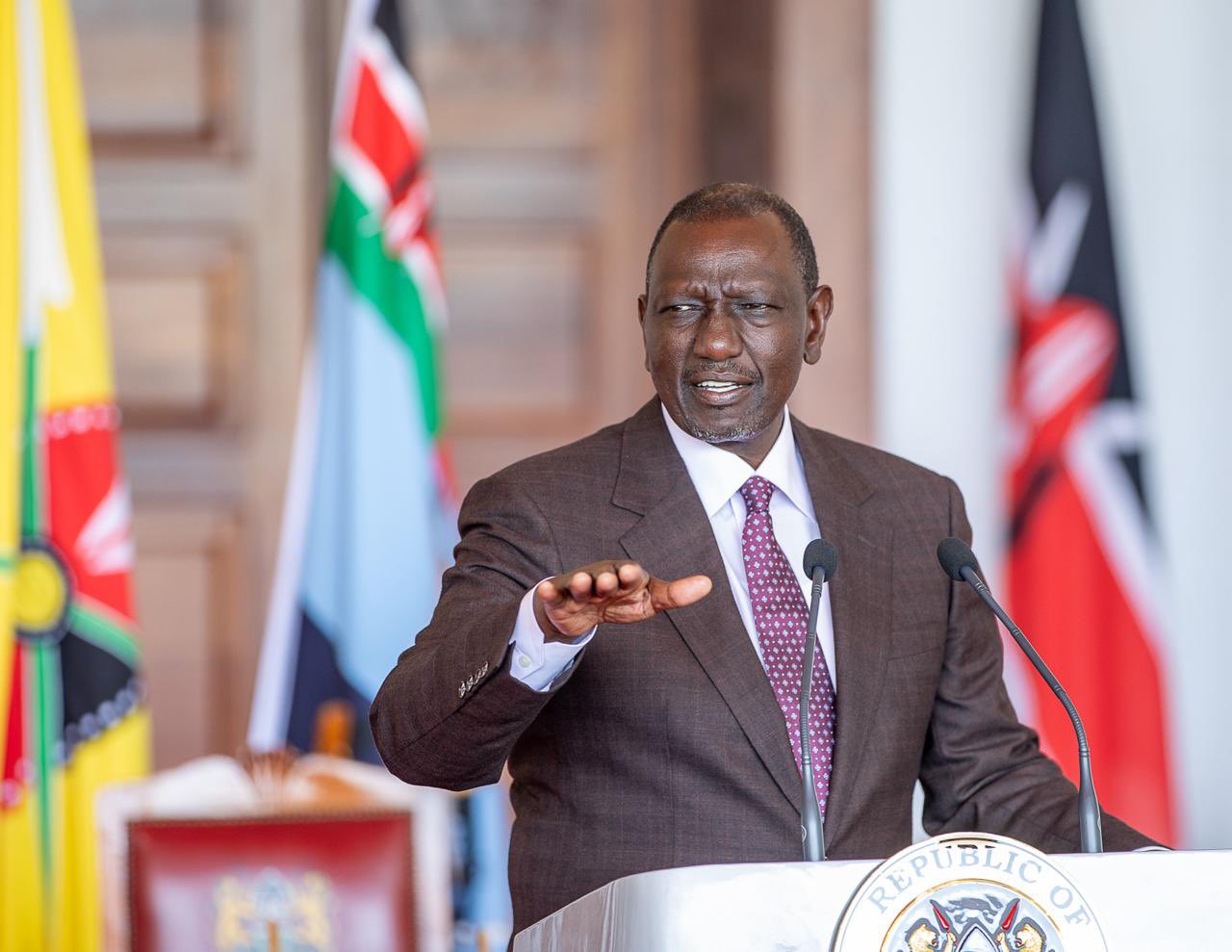
Speaking on Wednesday, November 19, the President emphasised that both public and private hospitals must submit real-time data on mothers and children who die under their care.
President William Ruto has called for immediate transparency from hospitals nationwide, insisting that every maternal and child death be reported to the Digital Health Authority (DHA).
The directive comes amid continued concern over the high number of preventable deaths in health facilities across the country.
More To Read
- Human Rights body flags risky provisions in Computer Misuse Act
- Senate Committee moves to ban detention of patients, bodies over unpaid medical bills
- Born too soon: The hidden burden of preterm birth, fight for survival
- Ministry warns Kenyans on escalating antibiotic resistance
- Why ODM should convene NDC meeting over broad-based pact with Ruto- Winnie Odinga
- Postpartum haemorrhage: How Kenya’s Roaming Blood Bank initiative is saving mothers' lives
Speaking on Wednesday, November 19, the President emphasised that both public and private hospitals must submit real-time data on mothers and children who die under their care.
He said this information is crucial for monitoring, planning, and implementing interventions to save lives.
“Maternal and newborn mortalities remain unacceptably high. No woman should die while giving birth, and no baby should be lost to preventable causes. The Ministry of Health is under firm instruction to deliver rapid, measurable reductions through real-time reporting of every case,” Ruto said.
According to the World Health Organisation (WHO), maternal death refers to the death of a woman during pregnancy or within 42 days after its end, caused by factors related to the pregnancy or its management, excluding accidents or unrelated causes.
Most of these deaths are preventable, often caused by poor-quality care, a shortage of healthcare providers, or a lack of essential medical supplies.
The Kenya Demographic and Health Survey (KDHS) 2022 reports a maternal mortality ratio of 355 deaths per 100,000 live births, which equals about 6,000 deaths yearly.
Infant mortality stands at 32 deaths per 1,000 live births. Contributing factors include maternal age, birth size, level of maternal education, place of delivery, birth spacing, and antenatal care attendance.
“We cannot be losing upwards of 300 in 100,000, while the benchmark is 70. Going forward, we have agreed with the DHA that it’s going to provide data and every facility in Kenya, public or private, must provide data on mothers and children who die in their facilities because I know that there are facilities that continue to hide this data,” Ruto added.
The President instructed the Ministry of Health to carry out a comprehensive survey of all counties to pinpoint regions with the highest mortality rates.
The exercise, expected to conclude by March 2026, will help target areas needing urgent intervention and strengthen health systems nationwide.
During the same event, the WHO handed over ambulances and medical supplies to support emergency care in national referral hospitals and emergency response centres.
These resources will enhance patient transport, oxygen availability, and overall emergency response, with special focus on reducing maternal deaths.
Hardest-hit counties such as Tana River, Garissa, Samburu, Marsabit, Siaya, and Elgeyo Marakwet will directly benefit from the new equipment.
“I was very embarrassed when I was confronted in New York by a good friend of Kenya who asked me, ‘How is it acceptable in Kenya that upwards of 300 mothers and children die in our facilities?’ and this is something that has bothered me very much,” Ruto said.
Top Stories Today



